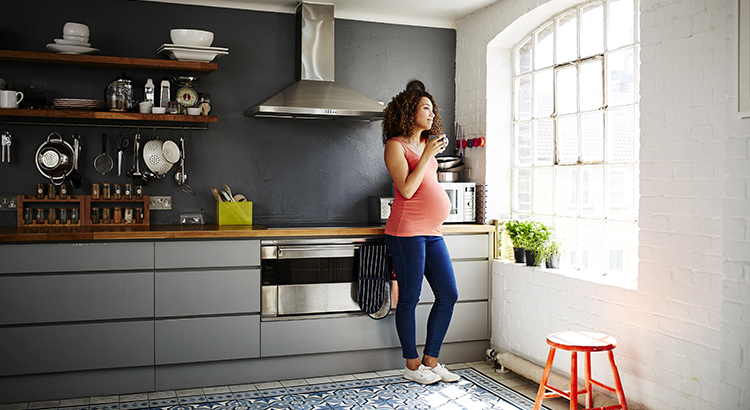
It may seem hard to imagine that the home you’re in today – whether it’s your starter home or just one you’ve fallen in love with along the way – might not be your forever home.
Many needs have changed in 2020, and it’s okay to admit if your house no longer fits your lifestyle. If you’re now working remotely, facilitating virtual school, trying to exercise at home, or simply just spending more time in your own four walls, you may be bursting at the seams in your current house.
According to the latest Home Price Insights from CoreLogic, prices have appreciated 7.3% year-over-year. At the same time, the National Association of Realtors (NAR) reports that inventory has dropped 22% from one year ago.
These two statistics are directly related to one another. As inventory has decreased and demand has increased, prices have been driven up.
This is great news if you own a home and you’re thinking about selling. The equity in your house has likely risen as prices have increased. Even better is the fact that there’s a large pool of buyers out there searching for the American dream, and your home may be high on their wish list.
Bottom Line
If you think you’ve outgrown your current home, let’s connect to discuss local market conditions and determine if now is the best time for you to sell.















 Bottom Line
Bottom Line
![7 Strategies for a 2020 Open House [INFOGRAPHIC] | MyKCM](https://files.mykcm.com/2020/06/18125320/20200619-MEM-1046x1694.jpg)
